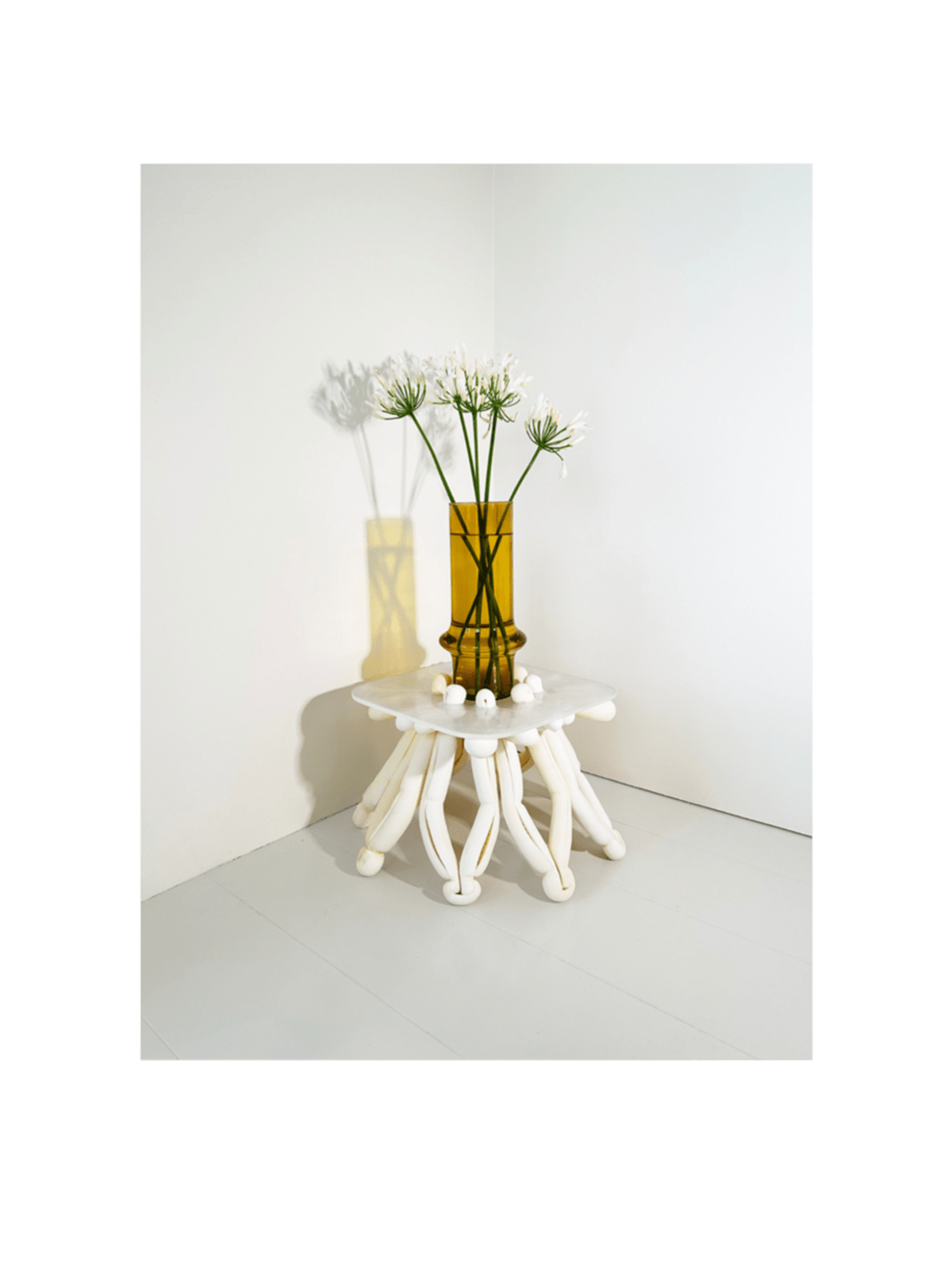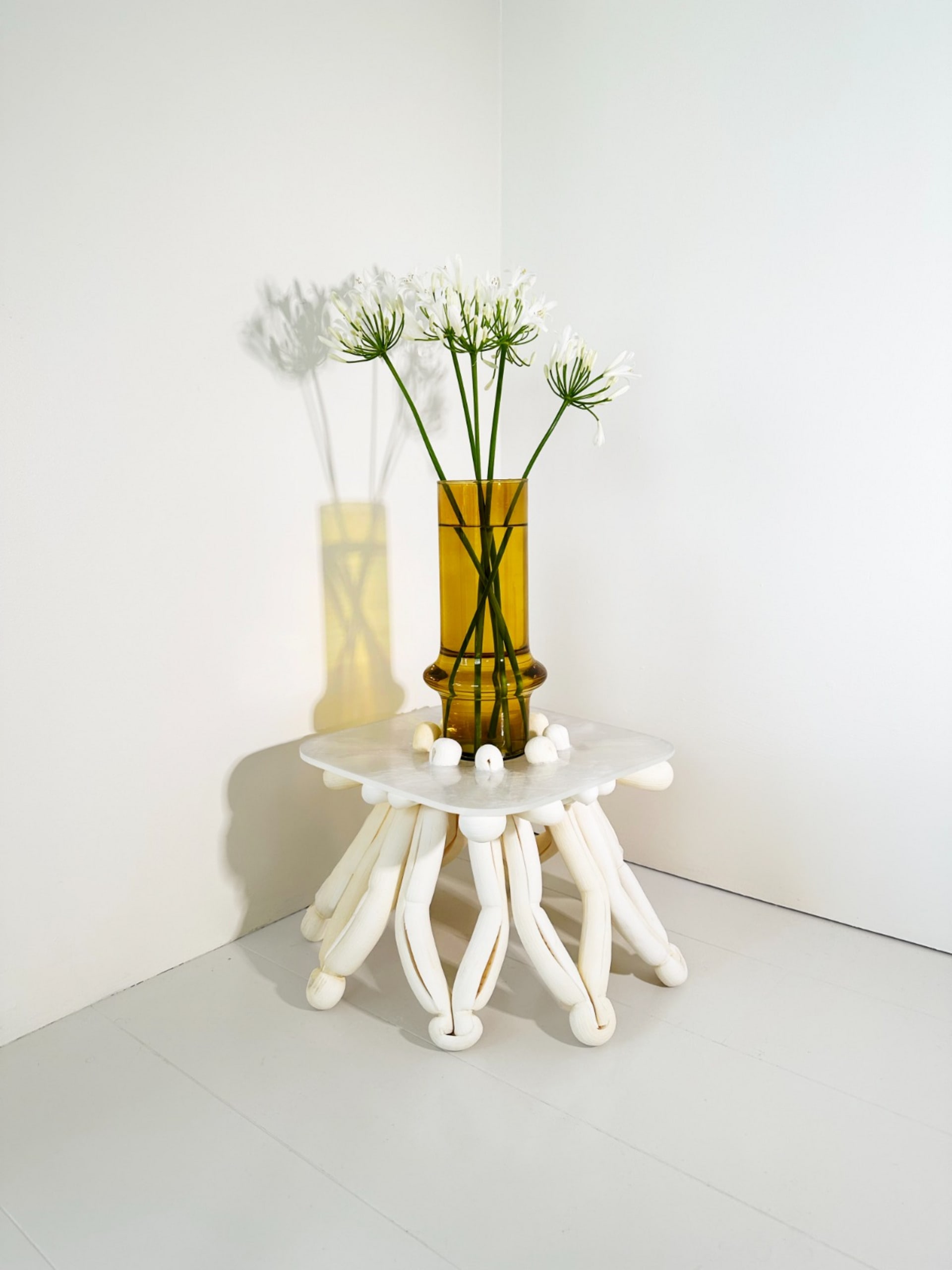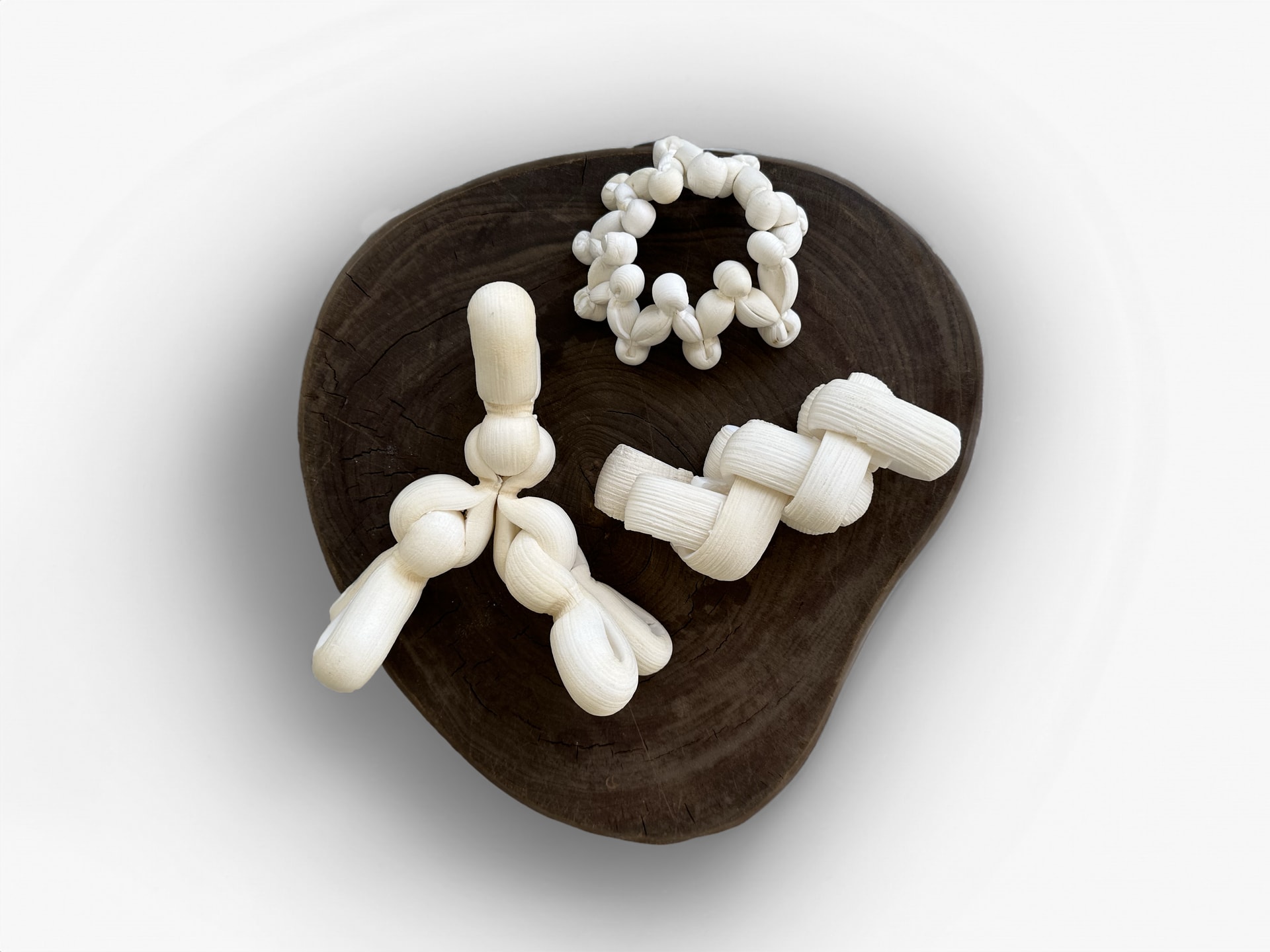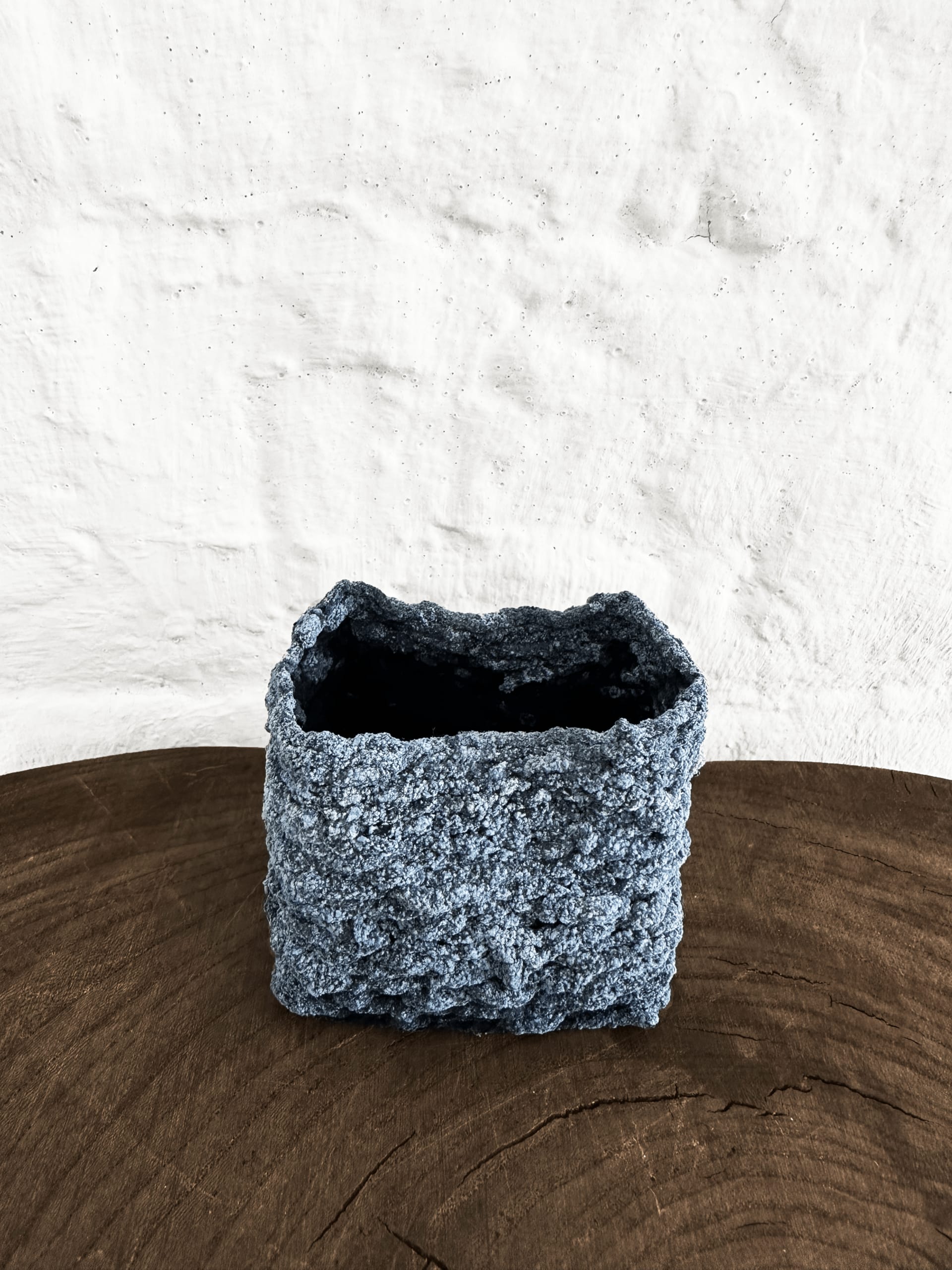An innovator requires knowledge and passion across disciplines. Jing Liau is an innovative designer from Taiwan who has backgrounds across a wide range of industries. Having prior degrees in Business Administration and Menswear Design Technology has set up the foundation for merging art and craft in a creative and mature style. After studying computer science and coding, Jing expanded her knowledge into digital art, communication and fabrication to improve and push her study and design into wider applications with new cutting-edge ideas.
Jing's design philosophy and focuses are sustainability, in the era of the urge to change, Jing spent most of her studies on finding new future materials, biomaterials and sustainable systems. Material science and research have always been a passion of Jing's, this can be seen across her menswear collection, product designs and material innovation projects. The thirst for knowledge and desire of learning from new collaborators across industries illustrated Jing's ability for innovation and the talent for being a futuristic designer for a better world.




